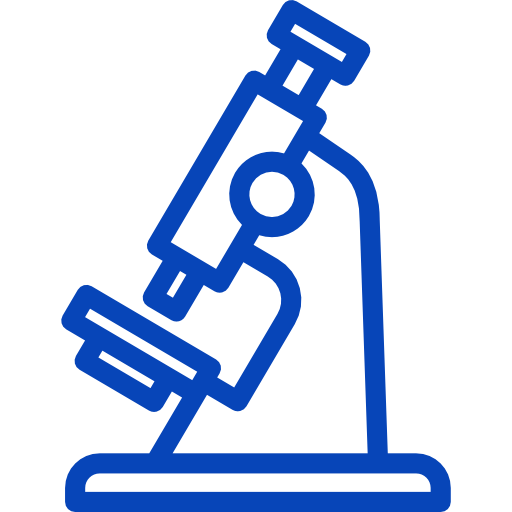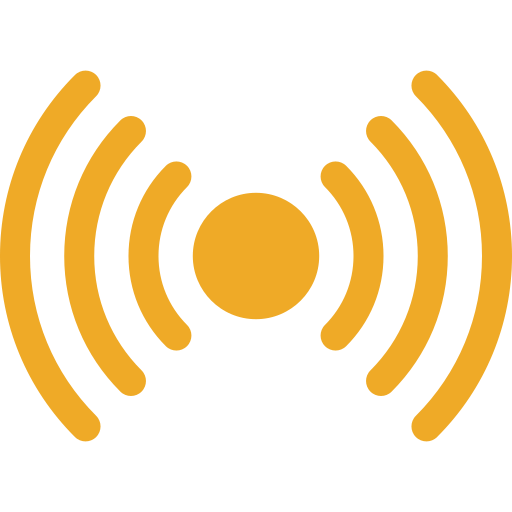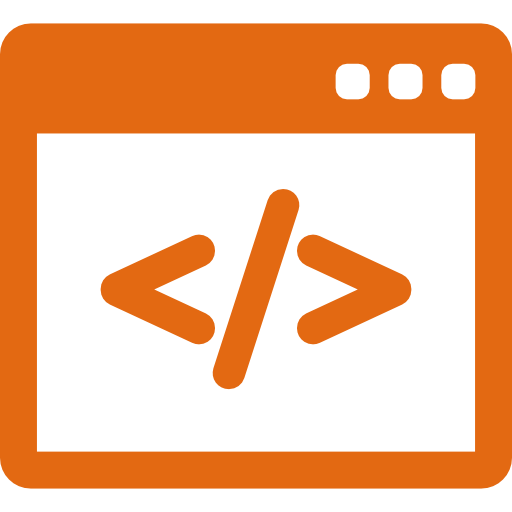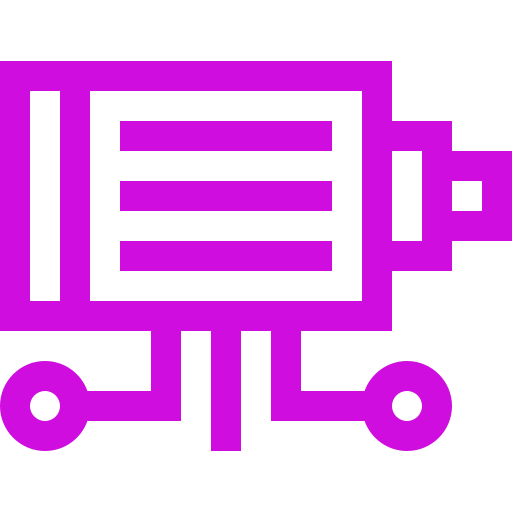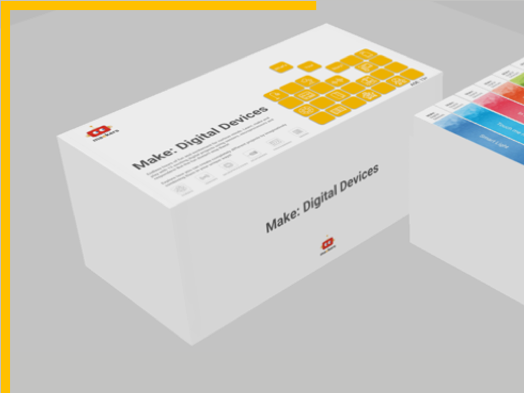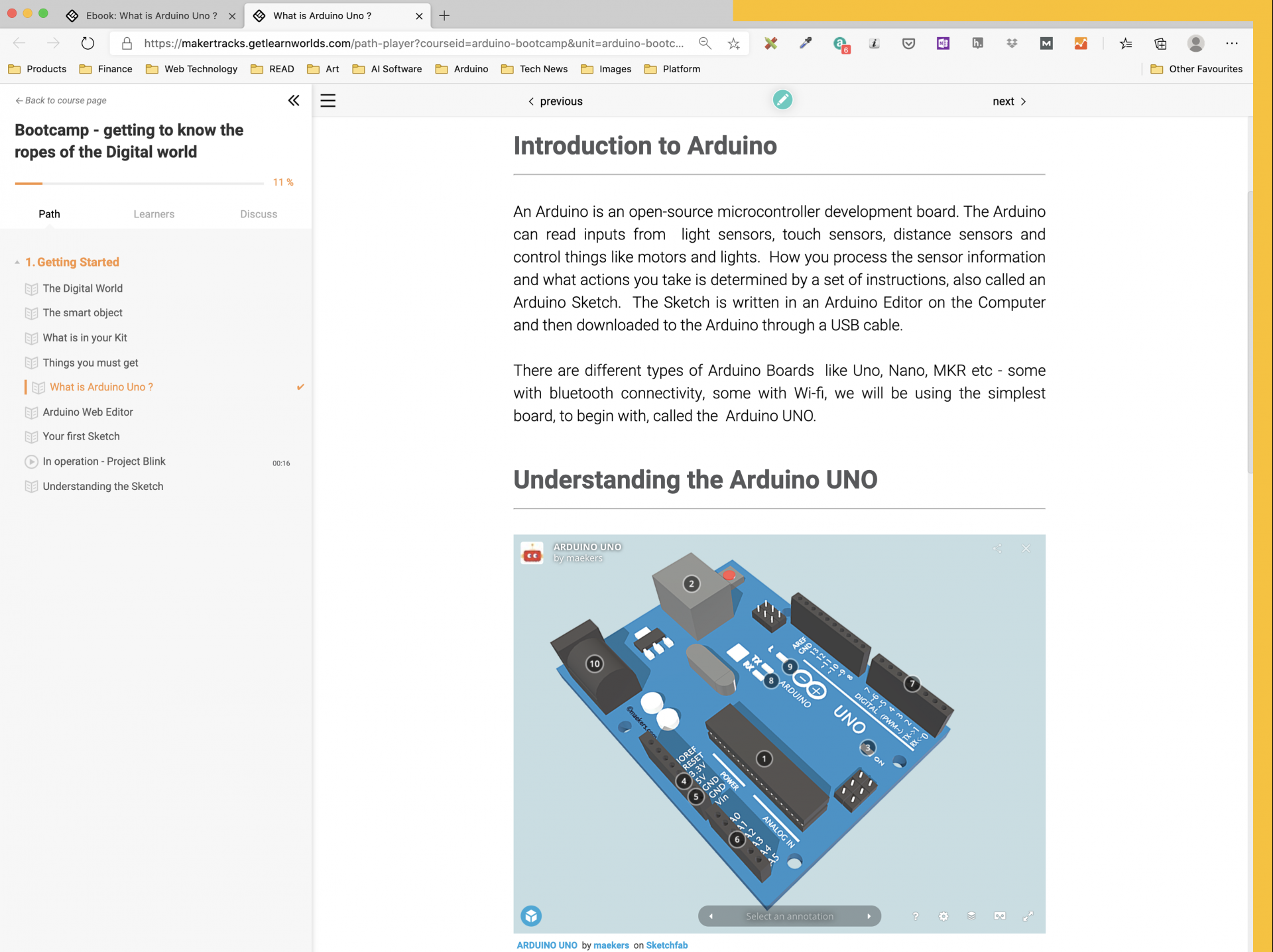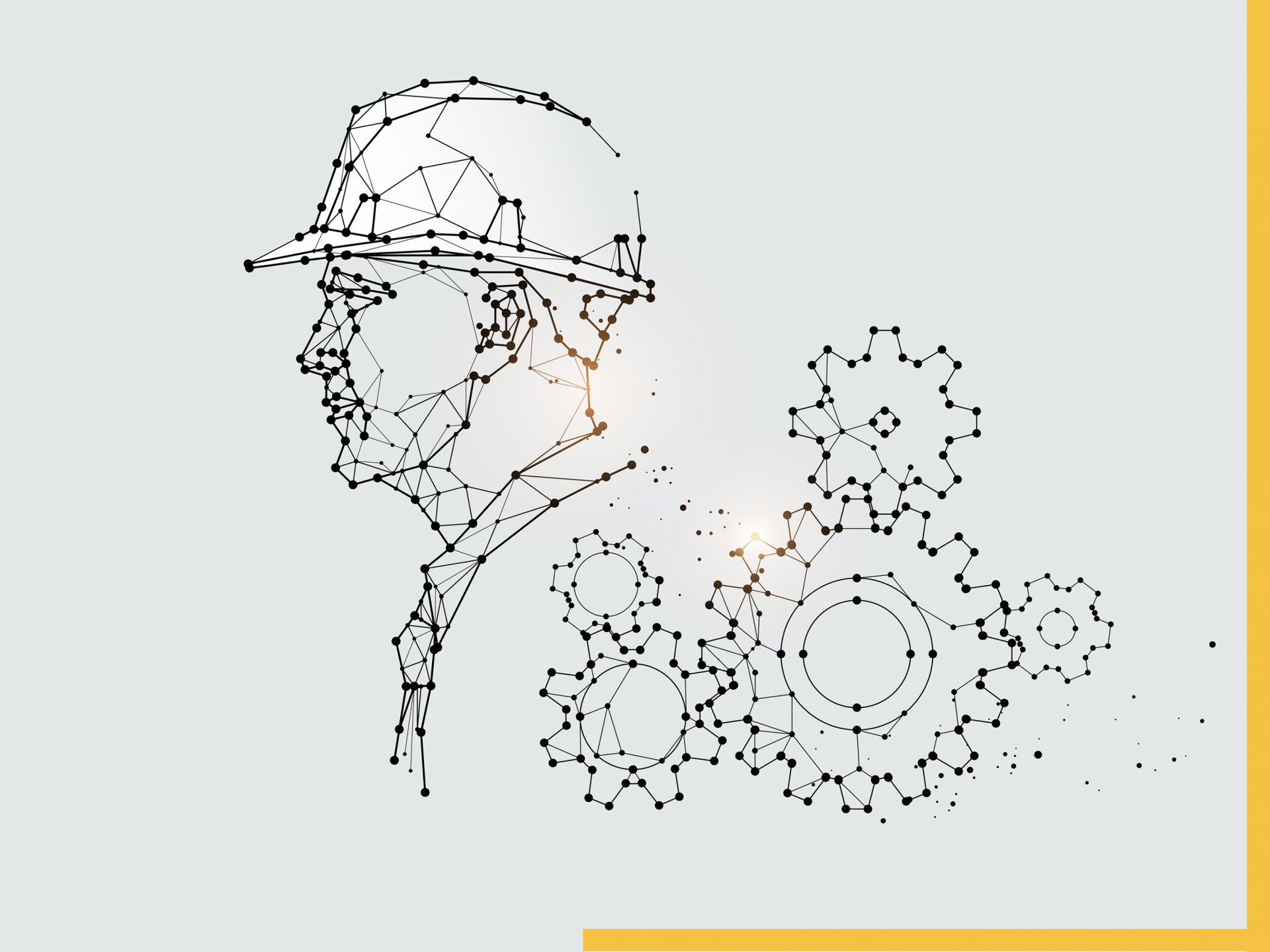Make: Digital Devices
AGE: 13+
Look around you. There are smart lights which switch on when it is dark and switch off when it is bright, security systems which can detect a break-in through the doors or which can detect the presence of a human being inside a room. Remote controlled devices like air-conditioners, TVs and even coloured lights where you can adjust the colour, the warmth and even the intensity of the lights.
Step outside your home and into your car. Cars where the doors open up with a remote, wipers start working the moment there is rain, headlights switch on when you enter the basement, airbags are armed only when there is a passenger in the seat, the volume of the car-audio increases with the speed of the car compensating for the increased running noise. Drive into a shopping mall where indicator lights will point out a vacant parking space. get details about a product by scanning its QR code, pay using your mobile phones on a contactless payment terminal and walk out of the mall through doors which open automatically, allowing you to comfortably hold all the goodies you just bought.
Drones flying around not just for wedding shoots, but also spraying vast fields of agricultural crops, identifying cracks in a concrete dam or transporting a live heart from a donor to an eagerly waiting patient.All this and more is made possible because of Digital Technologies - which go far beyond e-commerce web sites, e-mail, chat and web conferencing applications.
This new world is the world of "PHYSICAL COMPUTING" and we will help you make Digital Devices you never imagined or thought you will make, learn in an exciting and engaging environment where all learning material is always open and accessible to you at all times, interact with industry experts who are making the next generation of devices and cars and medical diagnostic and treatment systems.
Join this world. We will be with you and make this world a better place to live in !
Step outside your home and into your car. Cars where the doors open up with a remote, wipers start working the moment there is rain, headlights switch on when you enter the basement, airbags are armed only when there is a passenger in the seat, the volume of the car-audio increases with the speed of the car compensating for the increased running noise. Drive into a shopping mall where indicator lights will point out a vacant parking space. get details about a product by scanning its QR code, pay using your mobile phones on a contactless payment terminal and walk out of the mall through doors which open automatically, allowing you to comfortably hold all the goodies you just bought.
Drones flying around not just for wedding shoots, but also spraying vast fields of agricultural crops, identifying cracks in a concrete dam or transporting a live heart from a donor to an eagerly waiting patient.All this and more is made possible because of Digital Technologies - which go far beyond e-commerce web sites, e-mail, chat and web conferencing applications.
This new world is the world of "PHYSICAL COMPUTING" and we will help you make Digital Devices you never imagined or thought you will make, learn in an exciting and engaging environment where all learning material is always open and accessible to you at all times, interact with industry experts who are making the next generation of devices and cars and medical diagnostic and treatment systems.
Join this world. We will be with you and make this world a better place to live in !
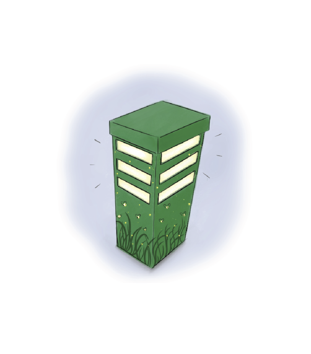
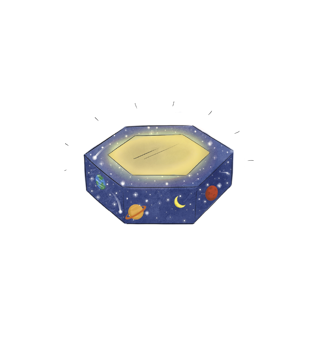
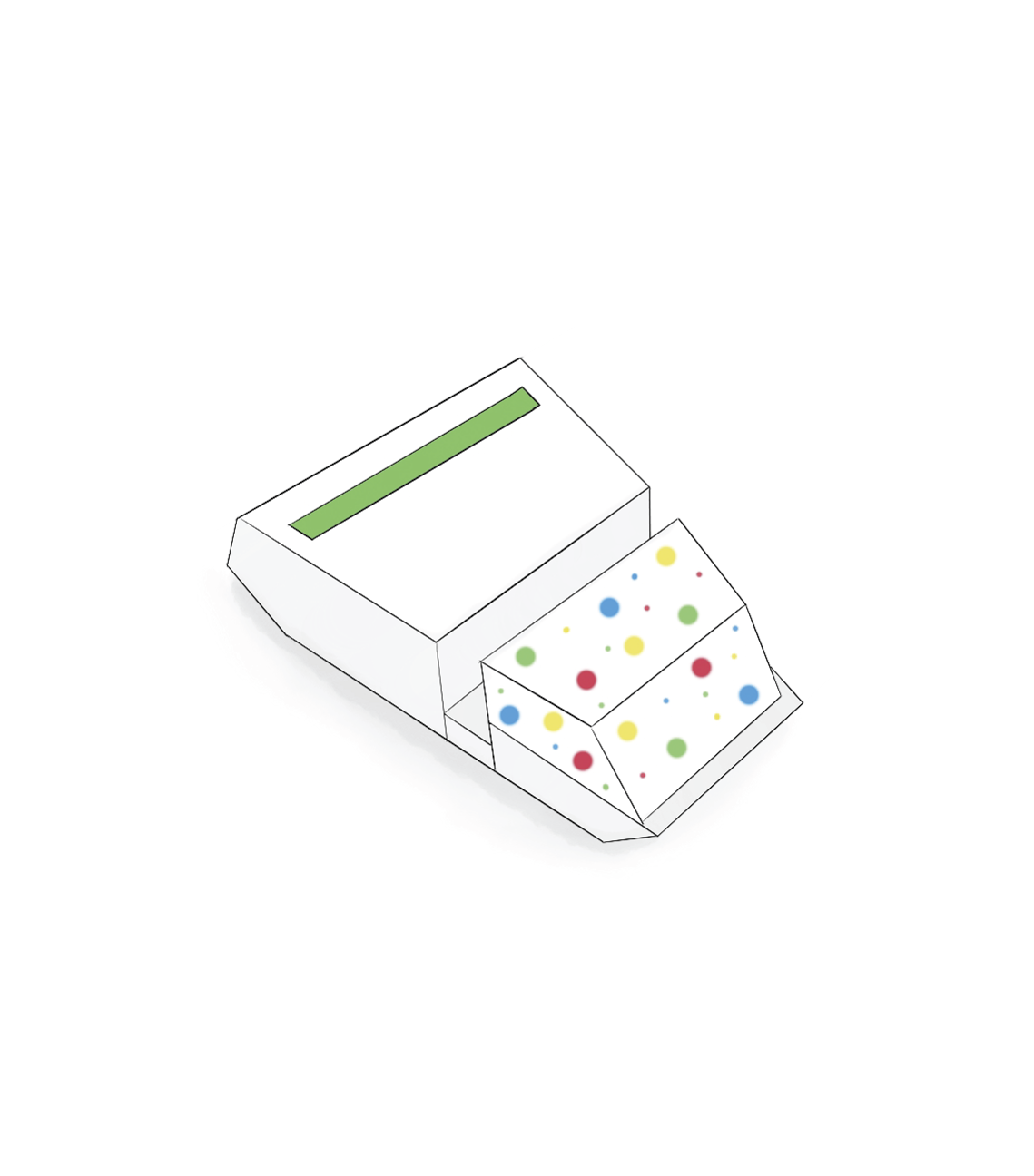
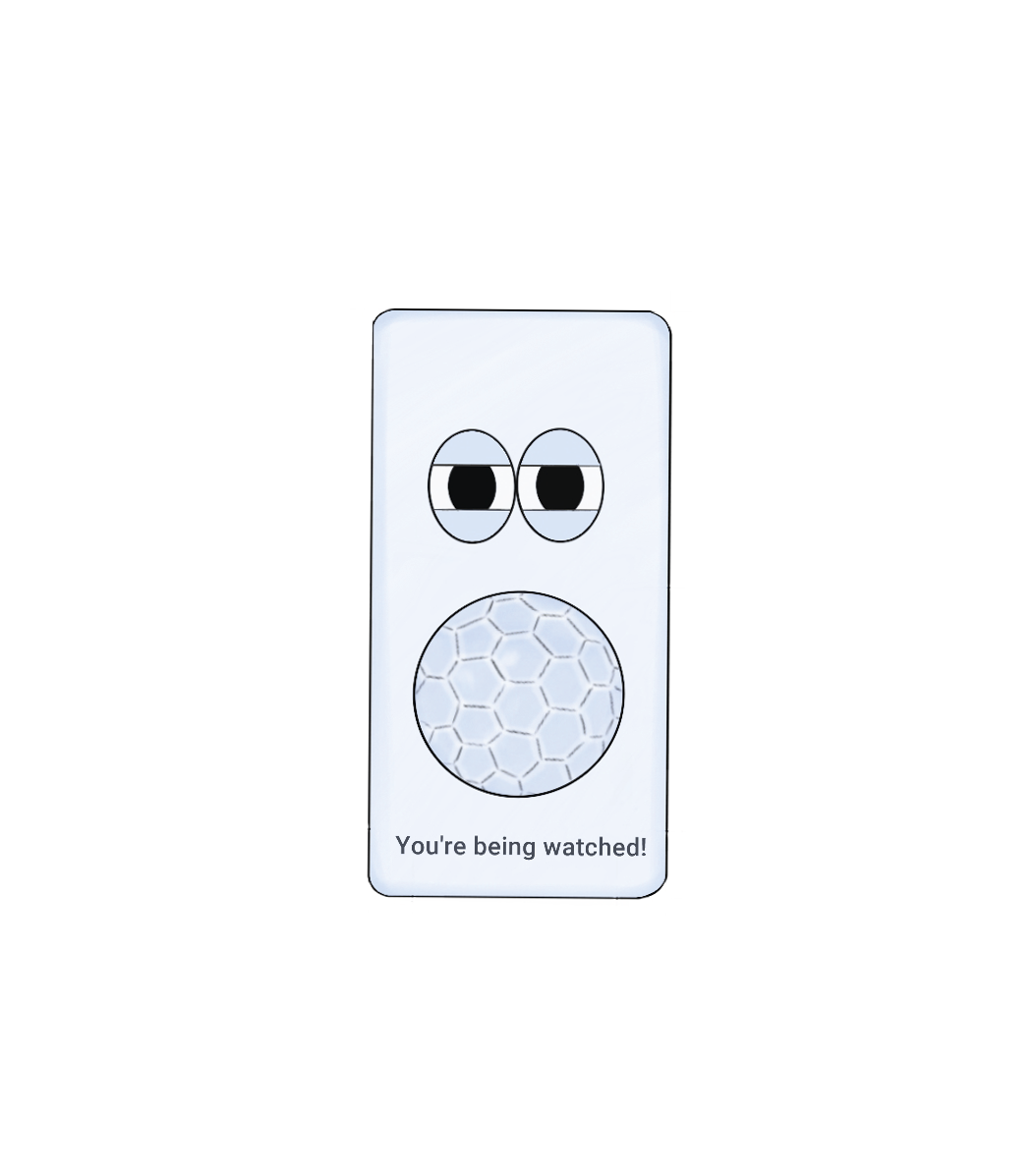
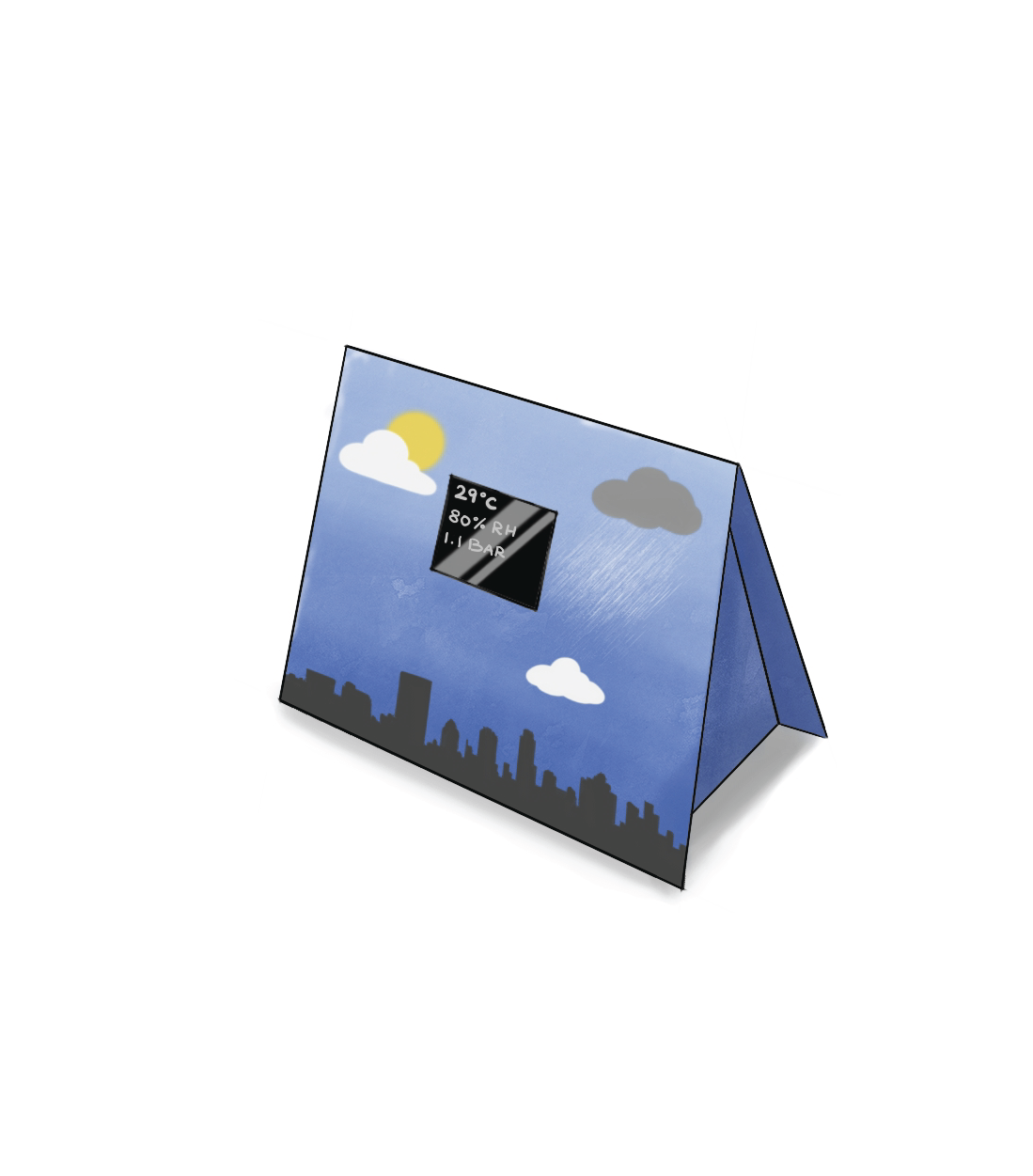
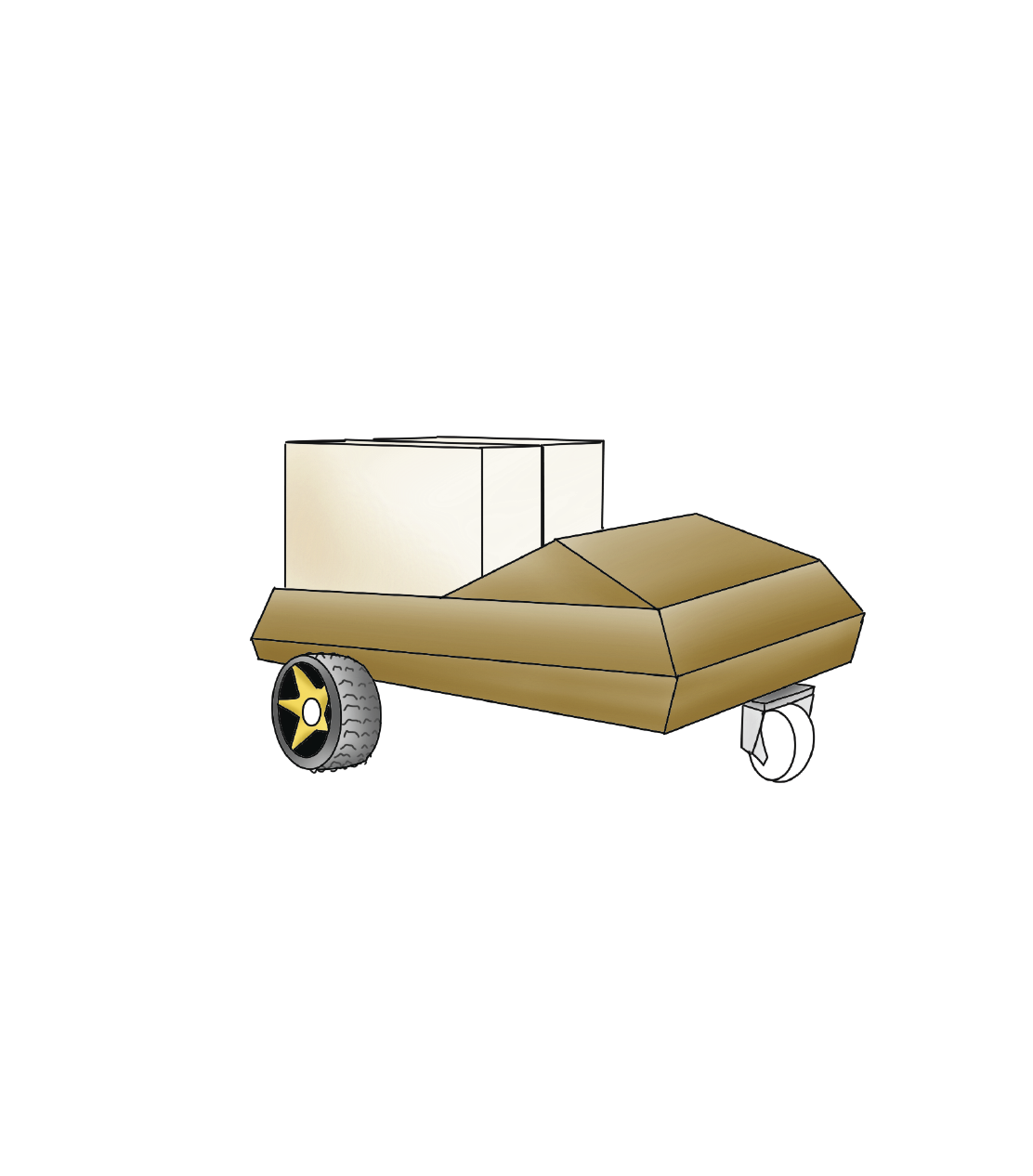
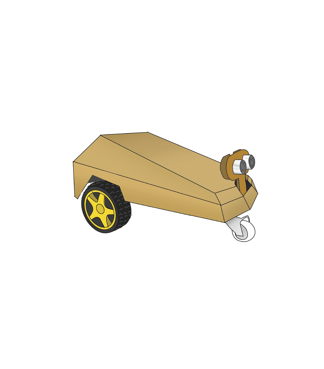
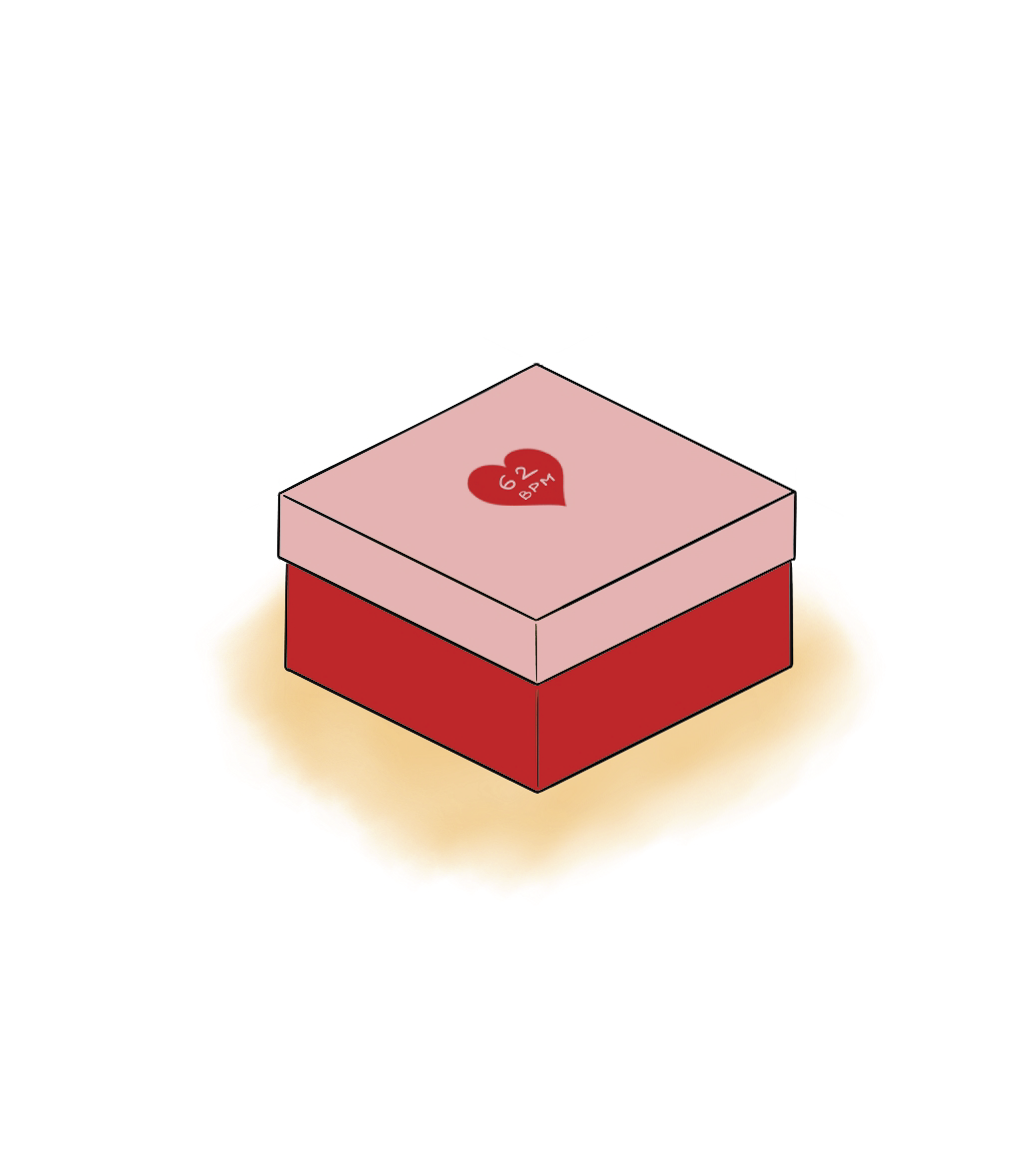
When you join the programme of Make:Digital Devices, you will get a comprehensive Kit which contains all the Sensors, Responders and a Microprocessor, along with all accessories - with a promise that they will work together, seamlessly. An engaging and interactive online platform along with 24x7 online support is, naturally, a part of the deal. And, you will also connect with Distinguished members of the Industry who are using these technologies to transform their industries.
Unlock your child's potential with Our Innovative Digital Learning Programs for the Future at just Rs 18,000!
Frequently asked questions
1. What are the pre-requisites for this course?
We take you through everything - step by step, so you don't need to know anything about electronics, microprocessors or coding.You will, however, need to get your own:
- computer
- internet connection
- a google account
More importantly, you need loads and loads of curiosity and creativity!
- computer
- internet connection
- a google account
More importantly, you need loads and loads of curiosity and creativity!
2. How much time will it take?
There are 12 structured projects and 12 Challenge Projects. We estimate that if you are investing 4 to 6 hours per week, it will take you about an year to complete.
3. Can I only do the 8 Projects you have mentioned?
The English language has just 26 alphabets. Yet, you have millions of stories! What you are learning are the digital alphabets of tomorrow. The number of stories we can create is limited only by our sensitivities, our imagination and perseverance.
4. Will I be able to access my Projects after one year?
Of course. You have lifelong access to the site. There are no additional charges to be paid periodically. Nothing. So, learn at your own pace. And if you finish early, just grab the next Course - "Make: Connected Devices".
5. There is a different Project I want to do. Will you help me?
We have carefully structured the Course to ensure that your capabilities are being built up in a systematic manner. You may find that the Project you want to do is covered in the other two courses - Make: Connected Devices or Make: Smart Devices.
But, if you still want our help for a special Project, we will help you, as long as your Project is within the concepts covered in "Make: Digital Devices"
6. After say, one year, when I am done with the Projects, will you buy-back the kit?
You will see that several components, if not all, can be used in the other courses and can help you build projects which can be truly fascinating
So, we urge you to retain your kit and keep making awesome stuff. But, if you are just not interested in the "Digital Domain", we are working out how the under-served children can take advantage of low cost materials. We are thinking about it.
Watch this space for any developments in this regard.
7. I still have a question. What do I do?
We would love to hear from you - just contact us at info@maekers.com, and we will respond within 24 hours

